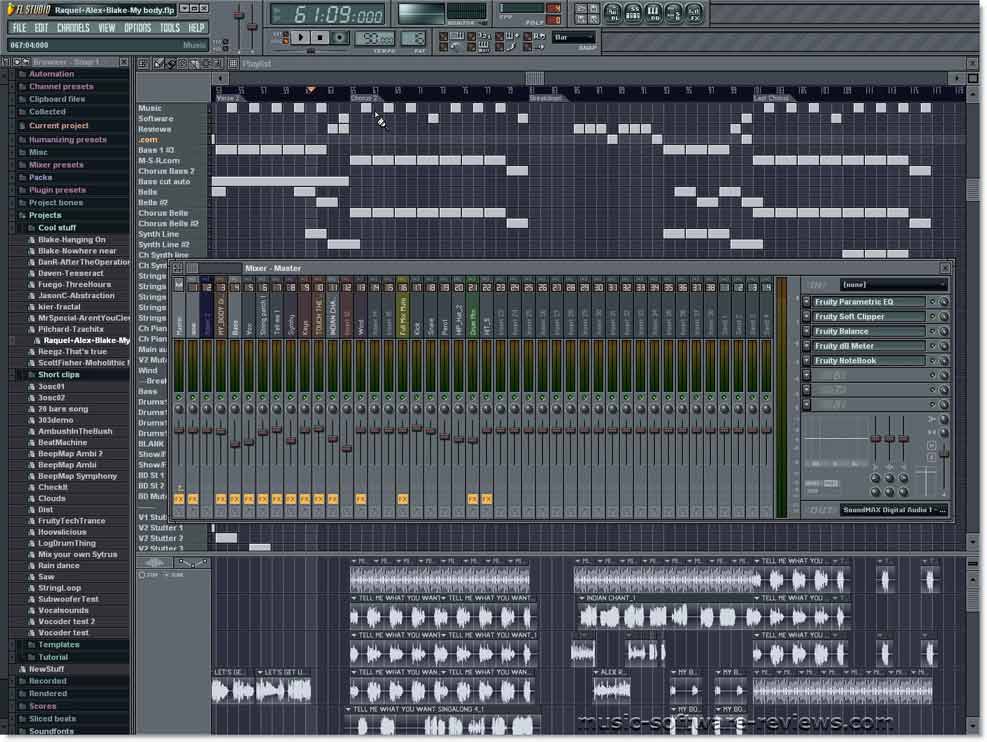

This includes all inputs, such as the text you enter directly, and expressions used. Notice the full JSON representation of the actions and triggers. menu item at the top right corner of any action or trigger. Follow these steps to peek at the code that's generated for your flows from within the Power Automate designer: Peeking at the code could give you a clearer understanding of the data that's being used by triggers and actions. You don't need to be a developer to create flows however, Power Automate does provide a Peek code feature that allows anyone to take a closer look at the code that's generated for all actions and triggers in a cloud flow.

These templates are just the tip of the iceberg. For example, there are templates for sending you a text message when your boss emails you, adding Twitter leads to Dynamics 365, or backing up your files. You can get a quick sense of what's possible and how Power Automate could help your business and your life.Įach template is designed for a specific purpose. On the start page for Power Automate, you can explore a diverse set of templates and learn about the key features for Power Automate. Visit the flow types article to learn more about the different types of flows that you can create to automate your tasks. The first step in creating an automation is to sign up, or, if you already have an account with Power Automate, sign in. What industries can benefit from Power Automate?Ĭheck out how some companies implemented Microsoft Power Platform solutions using Power Automate in: Anyone from a basic business user to an IT professional can create automated processes using Power Automate's no-code/low-code platform.


 0 kommentar(er)
0 kommentar(er)
